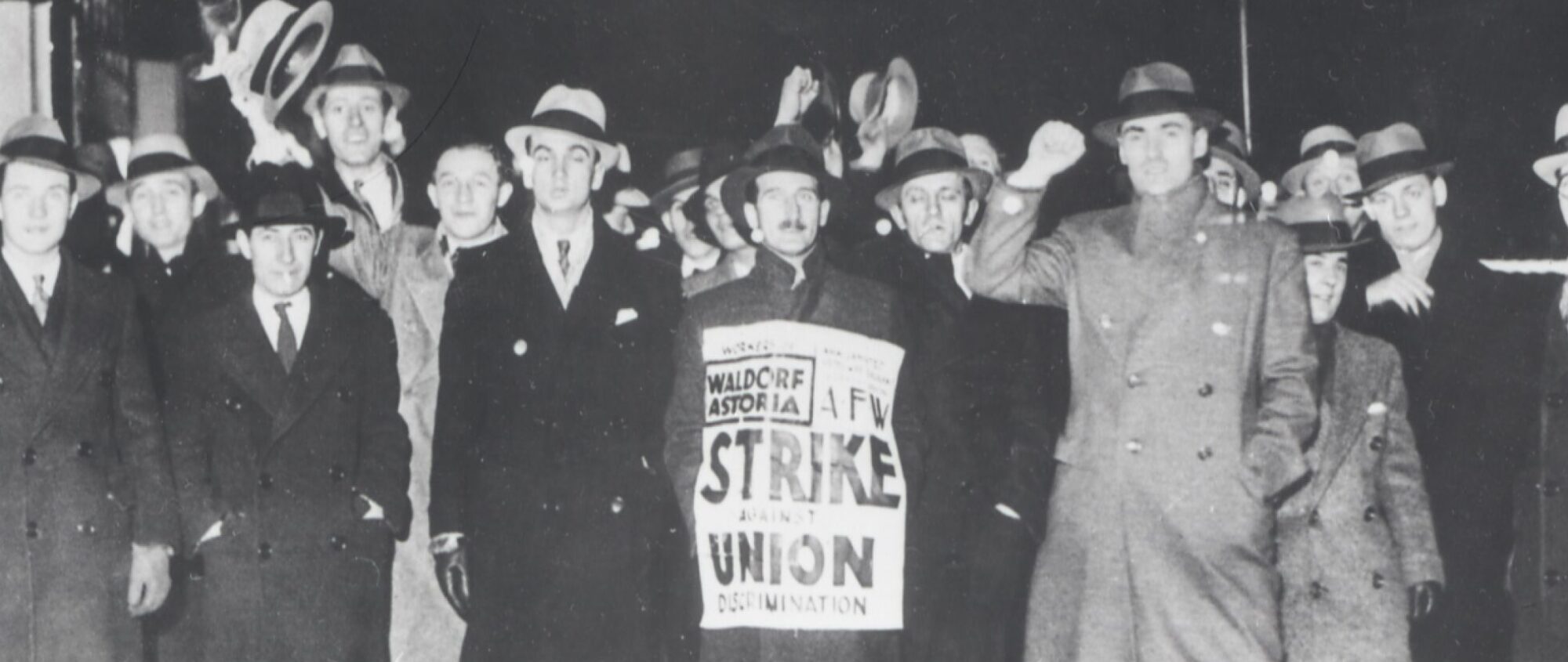I learned today from a comrade that Sophie Gerson passed away on March 20, 2006 at the age of 96. Sophie was a lifelong Communist activist whose own work was overshadowed by her husband, Simon W. Gerson, the writer, champion of proportional democracy and shoulda been City Councilman from Brooklyn. At Si’s memorial a year earlier, speaker after speaker (including yours truly) paid tribute to his illustrious career as a public Communist and lightning rod for controversy, but only one (not me, perhaps it was Tim Wheeler) took the opportunity to point out that Sophie was notorious–indeed, framed for murder–before Si’s name was ever known.
In early 1929, 19-year-old Sophie Melvin joined striking National Textile Workers Union members at the Loray Mill in Gastonia, NC. The Gastonia strike, one of NTWU’s smallest at the time, was part of a larger southern organizing campaign initiated by the Communist-led Trade Union Unity League. The T.U.U.L. presaged the C.I.O. movement in the 30’s, training many of activists whose work made that mass upsurge possible. The strike was called in January over some of the lowest-paying, most sped up and stretched out working conditions in the entire south.
Sophie organized a children’s support section in the strikers’ tent city and was present on June 7 when a carload of armed police invaded and declared war on the strikers. In the melee, one union organizer was seriously wounded, three police deputies were slightly wounded and the chief of police, O.F. Aderholt, was killed. Seventy-five strikers were arrested for the murder of the police chief and sixteen were eventually indicted. Among these were three women, Vera Buch, Amy Shechter and Sophie Melvin (this was not, notes Philip Foner in his History of the Labor Movement…, young Sophie’s first arrest connected to her union agitation). The three young women became an immediate cause celibre, their hefty bail raised by Communist charities and national speaking tours serving as strike support fundraisers. Public outcry caused local officials to drop the charges against the three young women, who continued their propaganda work in spite of the losing campaign. By September, strikers were returning to work without a union, although the Loray mill had reduced the work week to 50 hours(!). The real value of the strike was that it laid crucial groundwork for New Deal and C.I.O. organizing that was to shortly follow.
Si Gerson was a cub reporter for the Daily Worker when he was assigned to the Gastonia strike, met and fell in love with Sophie. Of course, they married and were a lovely couple. Sophie continued to be a political activist, in addition to being a mother and grandmother, but Si’s work cast a long shadow. It is a shame that while news of Si’s death reached me by notices from comrades in the Socialist Party, colleagues in the Coalition for Free and Open Elections and general e-mail listserve forwards, I had to learn about Sophie’s passing in passing conversation with a comrade, a year and a half after the fact. Sophie Gerson (nee Melvin) is truly an unsung American hero and deserves more of a monument than this little blog post.

